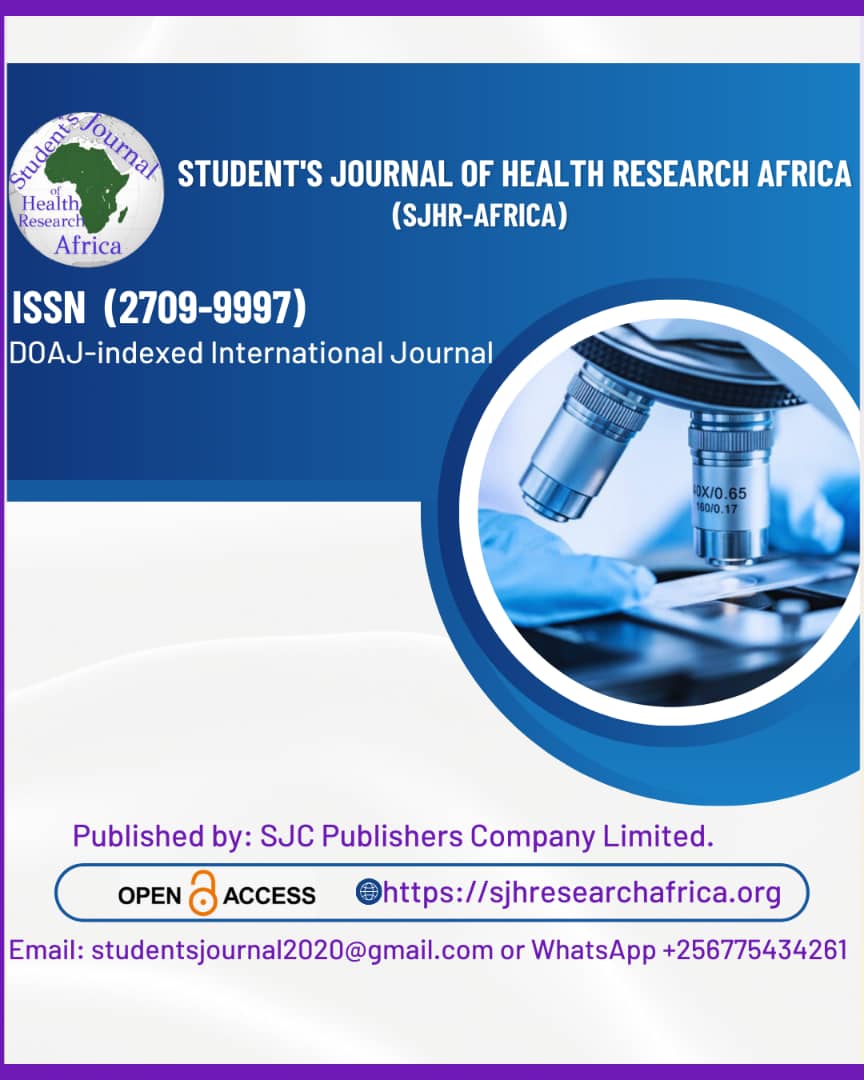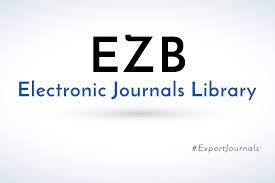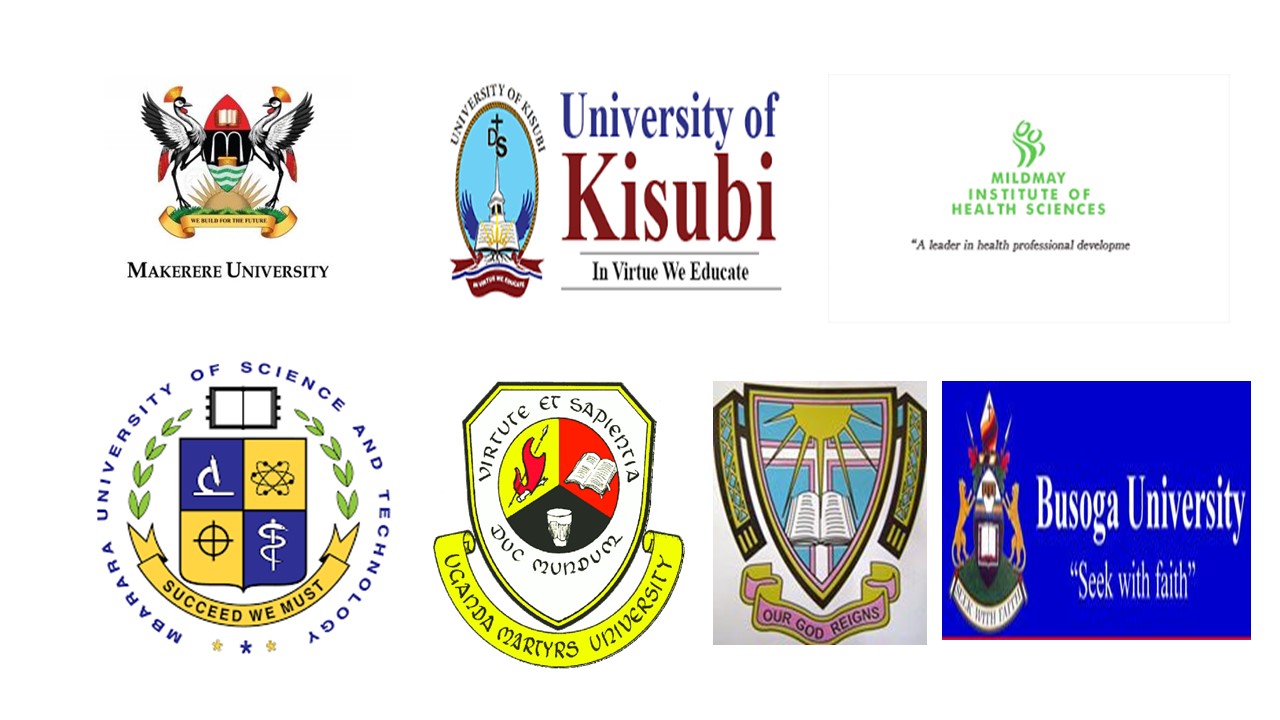ELEVATED CIRCULATING ENDOTHELIN-1 AND OXIDATIVE STRESS AS POTENTIAL BIOMARKERS FOR PREECLAMPSIA IN WOMEN FROM TAMILNADU: A CASE CONTROL STUDY.
DOI:
https://doi.org/10.51168/sjhrafrica.v6i3.1693Keywords:
Preeclampsia, Endothelin-1, Oxidative Stress, Biomarkers, PregnancyAbstract
Background
Preeclampsia (PE) is a hypertensive disorder of pregnancy characterized by endothelial dysfunction and oxidative stress, contributing to maternal and fetal morbidity. Endothelin-1 (ET-1), a potent vasoconstrictor, has been implicated in the pathogenesis of PE.
Objective:
This study aimed to evaluate ET-1 and oxidative stress markers as potential biomarkers for preeclampsia in pregnant women from Erode, Tamil Nadu.
Methods
A prospective case-control study was conducted at Government Erode Medical College Hospital, involving 86 pregnant women. Participants were categorized into preeclamptic cases (n = 46) and normotensive controls (n = 40). Serum levels of ET-1, total oxidative status (TOS), total antioxidative status (TAS), and oxidative stress index (OSI) were measured. Independent t-tests and Pearson’s correlation were performed to evaluate group differences and associations.
Results
The preeclamptic group had significantly elevated ET-1 (1.39 ± 1.31 pg/ml vs. 1.27 ± 0.285 pg/ml, p = 0.023), higher TOS (119.44 ± 6.48 µmol/L vs. 112.88 ± 3.23 µmol/L, p = 0.034), lower TAS (1.04 ± 0.259 mmol/L vs. 1.47 ± 0.388 mmol/L, p = 0.001), and higher OSI (1.44 ± 1.29 vs. 0.867 ± 0.421, p < 0.001). Demographic variables such as mean age (24.01 ± 3.43 vs. 22.64 ± 2.16 years), gravidity, and gestational age (33.1 ± 4 vs. 32 ± 4.3 weeks) showed no significant differences, confirming matched groups. Pearson’s correlation revealed a weak, non-significant association between ET-1 and OSI.
Conclusion
Preeclampsia is associated with elevated oxidative stress and ET-1 levels, supporting their role as potential biomarkers. These findings may aid in early diagnosis and improved clinical monitoring of PE.
Recommendations
Future multi-center studies with larger cohorts and longitudinal follow-up are recommended to confirm these findings, explore causal mechanisms, and evaluate the utility of ET-1 and oxidative stress markers for risk stratification and therapeutic interventions in high-risk pregnancies.
References
Afrose, D., Chen, H., Ranashinghe, A., Liu, C., Henessy, A., Hansbro, P., … & McClements, L. (2022). The diagnostic potential of oxidative stress biomarkers for preeclampsia: systematic review and meta-analysis. Biology of Sex Differences, 13(1). https://doi.org/10.1186/s13293-022-00436-0 PMid:35658944 PMCid:PMC9167545
Bambrana, V., Dayanand, C., & Kotur, P. (2016). Relationship between xanthine oxidase, ischemia modified albumin, nitric oxide, with antioxidants in non-pregnant, pre- and post-delivery of normal pregnant and preeclamptic. Indian Journal of Clinical Biochemistry, 32(2), 171-178. https://doi.org/10.1007/s12291-016-0599-0 PMid:28428691 PMCid: PMC5382083
Bogavac, M., Jakovljević, A., Stajić, Z., Nikolić, A., Milosević-Tosic, M., Dejanović, J., … & Lozanov-Crvenković, Z. (2017). Preeclampsia and level of oxidative stress in the first trimester of pregnancy. Vojnosanitetski Pregled, 74(7), 633-638. https://doi.org/10.2298/vsp150517251b
Businge, C., Longo‐Mbenza, B., & Kengne, A. (2021). Exploration of the underlying nutritional, inflammatory, and oxidative stress pathological mechanisms in preeclampsia using principal component analysis. European Journal of Medical and Health Sciences, 3(4), 19-24. https://doi.org/10.24018/ejmed.2021.3.4.932
Chigusa, Y., Kawasaki, K., Kondoh, E., Mogami, H., Ujita, M., Fujita, K., … & Konishi, I. (2015). Simvastatin inhibits oxidative stress via the activation of nuclear factor erythroid 2‐related factor 2 signaling in trophoblast cells. Journal of Obstetrics and Gynaecology Research, 42(1), 36-43. https://doi.org/10.1111/jog.12876 PMid:26556031
Cipolla, M., Tremble, S., DeLance, N., & Johnson, A. (2023). Worsened stroke outcome in a model of preeclampsia is associated with poor collateral flow and oxidative stress. Stroke, 54(2), 354-363. https://doi.org/10.1161/strokeaha.122.041637 PMid:36689585 PMCid:PMC9888018
Eze, S., Ododo, N., Ugwu, E., Enebe, J., Onyegbule, O., Eze, I., … & Ezem, B. (2020). Serum selenium levels of pre-eclamptic and normal pregnant women in Nigeria: a comparative study. Plos One, 15(8), e0238263. https://doi.org/10.1371/journal.pone.0238263 PMid:32853288 PMCid:PMC7451566
Farhood, T., Ewadh, M., & Alshaik, S. (2020). Reduced glutathione, lipid peroxidation, and malondialdehyde status in women with mild and severe preeclampsia in the Babylon governorate. Indian Journal of Forensic Medicine & Toxicology. https://doi.org/10.37506/ijfmt.v14i1.144
Griffin, J., Krolikowski, J., Kounga, K., Struve, J., Keszler, Á., Lindemer, B., … & Weihrauch, D. (2022). Red light mitigates the deteriorating placental extracellular matrix in late onset of preeclampsia and improves the trophoblast behavior. Journal of Pregnancy, 2022, 1-10. https://doi.org/10.1155/2022/3922368 PMid:35494491 PMCid: PMC9045993
Johnson, A. and Cipolla, M. (2018). Impaired function of cerebral parenchymal arterioles in experimental preeclampsia. Microvascular Research, 119, 64-72. https://doi.org/10.1016/j.mvr.2018.04.007 PMid: 29705580 PMCid: PMC6005767
Li, L., Li, H., Zhou, Q., Lu, Y., Chen, P., Wang, X., … & Zhao, H. (2020). Implication of nuclear factor‐erythroid 2‐like 2/heme oxygenase 1 pathway in the protective effects of coenzyme Q10 against preeclampsia‐like in a rat model. Microcirculation, 27(8). https://doi.org/10.1111/micc.12651 PMid:32697403
Mundal, S., Rakner, J., Silva, G., Gierman, L., Austdal, M., Basnet, P., … & Iversen, A. (2022). Divergent regulation of decidual oxidative-stress response by Nrf2 and keap1 in preeclampsia with and without fetal growth restriction. International Journal of Molecular Sciences, 23(4), 1966. https://doi.org/10.3390/ijms23041966 PMPMid: 26089598id:35216082 PMCid: PMC8875334
Naruse, K., Akasaka, J., Shigemitsu, A., Tsunemi, T., Koike, N., Yoshimoto, C., … & Kobayashi, H. (2015). Involvement of visceral adipose tissue in immunological modulation of the inflammatory cascade in preeclampsia. Mediators of Inflammation, 2015(1). https://doi.org/10.1155/2015/325932 PMid:26089598 PMCid: PMC4458290
Wang, C., Liu, X., Kong, D., Qin, X., Li, Y., Teng, X., … & Huang, X. (2017). Apelin as a novel drug for treating preeclampsia. Experimental and Therapeutic Medicine. https://doi.org/10.3892/etm.2017.5304
Williamson, R., McCarthy, F., Kenny, L., & McCarthy, C. (2019). Activation of a TLR9-mediated innate immune response in preeclampsia. Scientific Reports, 9(1). https://doi.org/10.1038/s41598-019-42551-w PMid:30976066 PMCid: PMC6459858
Wu, Y., Mi, Y., Zhang, F., Cheng, Y., & Wu, X. (2020). Suppression of bromodomain-containing protein 4 protects trophoblast cells from oxidative stress injury by enhancing nrf2 activation. Human & Experimental Toxicology, 40(5), 742-753. https://doi.org/10.1177/0960327120968857 PMid:33094643
Xu, H., Zhao, H., Jiang, N., Lu, H., Ma, B., Sun, Y., … & Li, X. (2023). Cyp4a11/20-hete induces oxidative stress and inhibits trophoblast proliferation via the pi3k/akt signaling pathway during preeclampsia.. https://doi.org/10.21203/rs.3.rs-2772074/v1
Öztaş, E., Özler, S., Tokmak, A., Erel, Ö., Ergin, M., Şahın, D., … & Danışman, N. (2016). Oxidative stress markers in severe preeclampsia and preeclampsia-related perinatal morbidity - preliminary report. Ginekologia Polska, 87(6), 436-441. https://doi.org/10.5603/gp.2016.0022 PMid:27418221
Downloads
Published
How to Cite
Issue
Section
License
Copyright (c) 2025 Dr. P. Bagavathiammal, Dr. P. M. Sasikala, Dr. R.Menaha, Dr. Revathi. A, Panneerselvam Periasamy , Dr. Sasikala Gunasekaran

This work is licensed under a Creative Commons Attribution-NonCommercial-NoDerivatives 4.0 International License.






















